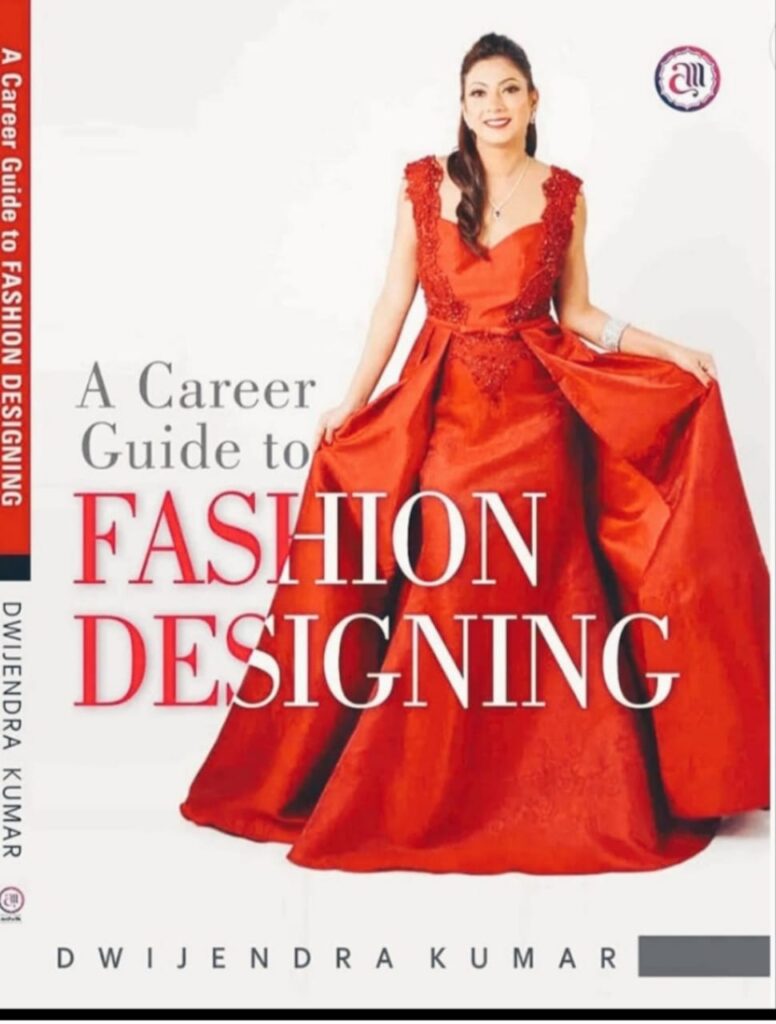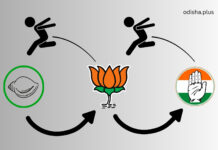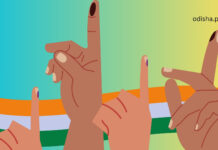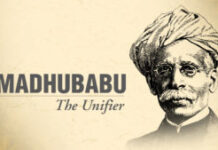Ranjeet Kumar Sharma

In a world brimming with diverse talents and aspirations, the quintessential career choices of yesteryears—such as medicine, engineering, management, and civil services—no longer dominate the dreams of India’s ambitious youth.

The harsh reality is that the demand-supply gap in these fields leaves lakhs of individuals waiting for coveted positions, with only a handful of opportunities available each year.
Take, for instance, the highly competitive UPSC civil services examination, which sees an astonishing 8 lakh aspirants vying for just over 1000 positions annually. The scenario is no different in medical, engineering, and management sectors, where opportunities are either scarce or career progression are painfully slow.
So, what are the options for the millions of young minds eagerly awaiting meaningful employment? The answer lies in exploring alternative career paths that offer immediate placement and growth prospects based on experience.
This is where publications play a crucial role in bridging the information gap and shedding light on unconventional yet promising career avenues.
“A Career Guide to Fashion Designing,” authored by the prolific writer Dwijendra Kumar and published by Advik Publications in Delhi, is a shining example of such a resource.
The book doesn’t just introduce readers to the world of fashion design; it’s a comprehensive guide that delves into the multifaceted opportunities within the booming fashion industry.
It begins with a historical perspective of Indian fashion and then seamlessly transitions into topics like becoming a fashion designer, detailing their duties and responsibilities.
What sets this book apart is its emphasis on versatility. It doesn’t limit aspiring fashion enthusiasts to one role alone. Instead, it prepares them for a variety of career paths, including Fashion Merchandisers, Fashion Communicators, Fashion Buyers, Fashion Stylists, Fashion Bloggers, Vloggers, and even Fashion Journalists.
The idea is to equip individuals with the knowledge and skills gained during a fashion designing course to secure quicker and more rewarding placements in the fashion industry. The author underscores the importance of having alternative career options, ensuring that readers are well-prepared to navigate the ever-evolving job market.
According to Dwijendra Kumar, the Indian fashion industry, encompassing textiles, garments, and lifestyle products, ranks second in terms of employment, trailing only the agricultural sector.
Recent policy initiatives, such as Production-Linked Incentives, Tax Rebates, the proposal of establishing seven textile parks, skill development programs, and the Ministry of Textile’s target of achieving $100 billion in exports, all bode well for aspiring fashion design professionals.
In a nation that thrives on diversity, it’s time for our youth to explore unconventional career choices that not only align with their passions but also guarantee quicker placements and career growth.
“A Career Guide to Fashion Designing” by Dwijendra Kumar is a beacon of light for those looking to tap into the fashion industry’s abundant opportunities, promising a world of creative expression and financial stability.
In a world where traditional career paths are no longer the only option, it’s time for India’s youth to explore the boundless potential of the fashion industry. Dwijendra Kumar’s book serves as a guiding star, illuminating the way to a vibrant and exciting career in fashion.
























